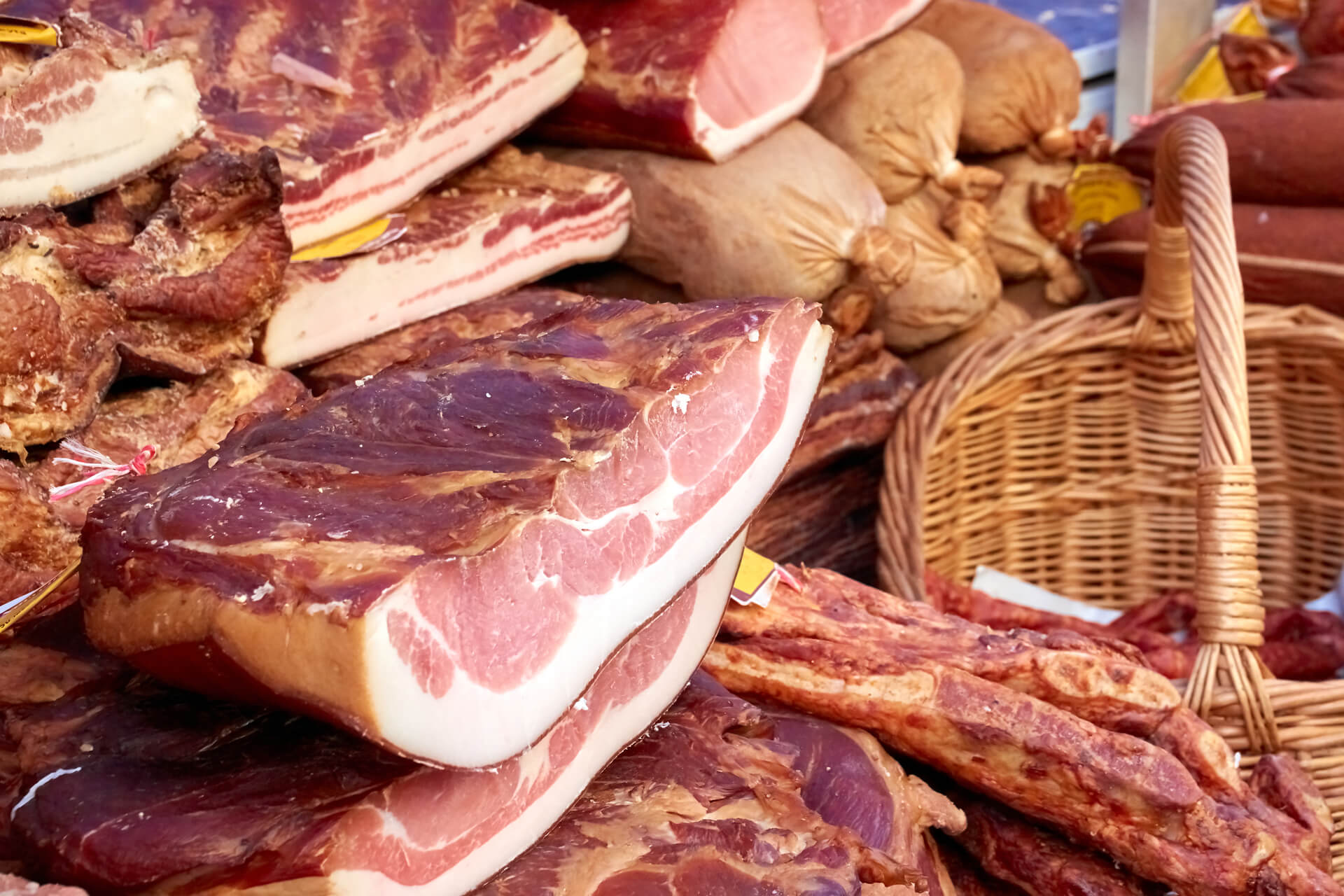Explore the Neighborhood Taste at Bagley Farms Meat Market Edwardsville IL: Fresh and Delicious
Discover the Art of the Butcher's Cut in a Modern Meat Market
In the ever-evolving landscape of modern meat markets, the butcher's cut has transcended its standard origins, combining old-time workmanship with modern methods. What absolutely sets the modern-day butcher apart is their ability to forge a deeper link between consumers and the origins of their meat.
Development of Butchery Methods
The evolution of butchery strategies mirrors a rich tapestry of innovation and adjustment driven by improvements in innovation, modifications in consumer need, and a deeper understanding of meat scientific research. Historically, butchery was a craft passed down via generations, with techniques honed over centuries to make best use of return and flavor. However, the commercial revolution ushered in automation, changing traditional methods and allowing large-scale handling.
The mid-20th century saw butchery methods even more refined by scientific insights into muscle mass biology and meat aging, improving both inflammation and taste. Innovations like vacuum packaging and refrigeration prolonged item shelf-life, allowing butchers to expand offerings and enhance top quality control. This duration additionally noted the surge of specific devices, such as band saws and meat slicers, which boosted precision and performance in meat handling.

Computerized systems currently aid in monitoring animal provenance and enhancing cuts to satisfy certain consumer preferences. Additionally, a renewal in artisanal butchery has arised, mixing conventional abilities with contemporary expertise to cater to customers looking for ethical and sustainable meat alternatives.
Recognizing Meat Cuts
Comprehending the intricacies of meat cuts is important for both butchers and customers seeking quality and worth. Each cut originates from a various part of the pet, passing on one-of-a-kind tastes, structures, and food preparation approaches - bagley farms meat market edwardsville il. Mastery of these differences not only boosts culinary experiences yet additionally maximizes the energy of each carcass. For butchers, precise cuts reflect skill and regard for the craft, making sure minimal waste and optimal return.

Comprehending muscle structure is important; muscular tissues used a lot more regularly by the pet have a tendency to be harder and are best fit for slow food preparation approaches, while less-used muscles, like those discovered in the loin, are much more tender and suitable for cooking or roasting. Familiarity with these differences equips customers to make educated selections, improving their cooking undertakings.
Choosing Quality Meat
Selecting the ideal meat involves even more than just picking a visually enticing item from the screen. bagley farms meat market edwardsville il. The art of selecting quality meat requires a discerning eye and understanding of specific characteristics that signify quality and excellence. Firstly, redirected here focus on the color; beef should have a brilliant, cherry-red hue, while lamb must display a soft pink tone, and pork a light pink. This shows the meat is fresh and hasn't been subjected browse around this site to oxygen for as well lengthy.
Secondly, consider the marbling, which refers to the white flecks of fat within the muscle. Appropriate marbling is a key indication of tenderness and flavor, as it melts throughout cooking, enhancing the meat's juiciness. Bear in mind, higher marbling often correlates with exceptional quality cuts, such as USDA Prime.
Texture is an additional crucial factor; meat needs to really feel solid to the touch, not slimy or overly soft. Furthermore, bear in mind the fragrance. Fresh meat should have a clean, neutral scent, devoid of any type of sour or off-putting odors.
Combining Cuts With Food Preparation Approaches

Alternatively, harder cuts like brisket and chuck roast are abundant in collagen, which damages down into jelly when cooked slowly. These cuts are suitable for braising or slow roasting, enabling the meat to tenderize in time and develop deep, complex flavors. Cuts such as short ribs and pork shoulder fare well with slow-cooking techniques, where prolonged cooking times change their robust textures into delicious dishes.
Lamb shanks and site here oxtail, which require long term cooking to tenderize, are perfect prospects for cooking or slow-moving simmering. These methods coax out rich, passionate flavors while maintaining dampness. By comprehending the distinct features of each cut, chefs and home chefs alike can raise their cooking productions, ensuring each meal is both pleasing and remarkable.
The Butcher's Role Today
Navigating the progressing landscape of the modern-day meat market, the butcher's role today expands past mere preparation of cuts. Contemporary butchers are cooking craftsmens, educators, and supporters for sustainable practices. They bridge the space in between the ranch and the fork by guaranteeing moral sourcing, comprehending animal husbandry, and focusing on transparency in the supply chain. This change reflects the expanding consumer demand for quality over amount, where provenance and pet well-being are paramount.
In addition to crafting precise cuts, butchers now involve straight with customers, using cooking recommendations and tailoring selections to fit specific demands and preferences. Their knowledge in meat aging, marbling, and flavor accounts empowers customers to make educated choices, improving their cooking experiences. This tailored service exemplifies the butcher's progressing function as a trusted expert in the cooking area.
Furthermore, butchers are essential in lessening waste, making use of entire pets to develop varied products such as sausages and stocks. This comprehensive approach not only appreciates the pet yet also lines up with modern sustainability goals. In this method, the modern-day butcher personifies both tradition and development, adapting to an ever-changing market while maintaining the virtuosity and honesty of their craft.
Conclusion
The modern butcher's craft delicately weaves traditional methods with contemporary innovations, stressing sustainable practices and honest sourcing. Proficiency in comprehending diverse meat cuts and high quality indicators equips butchers to give educated referrals, straightening particular cuts with optimum food preparation methods. This knowledge not only elevates cooking experiences however likewise reinforces the connection between consumers and the beginnings of their food. By honoring historic practices while welcoming contemporary demands, the butcher's duty continues to be vital in today's innovative meat market (bagley farms meat market edwardsville il).